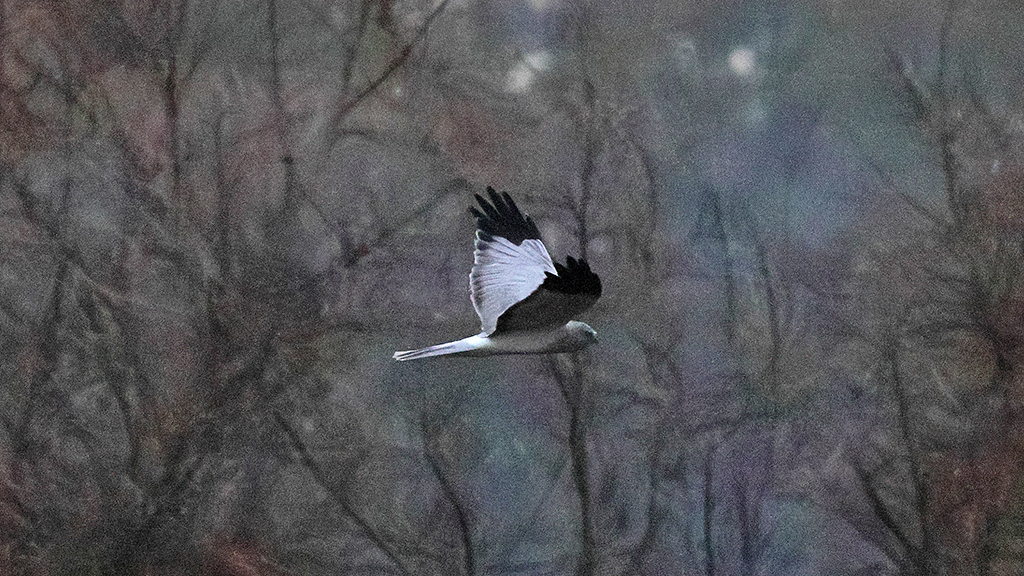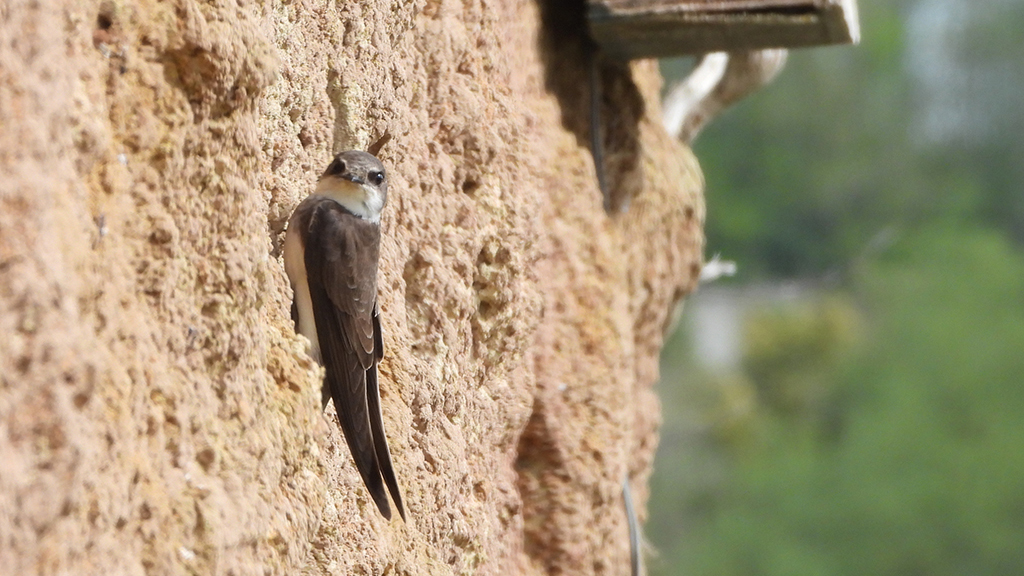Our Wardens are Dormouse Detectives
Reserve Wardens Abbie Hobbs and Hannah Binstead are tracking our dormice population by finding their footprints, rain or shine.
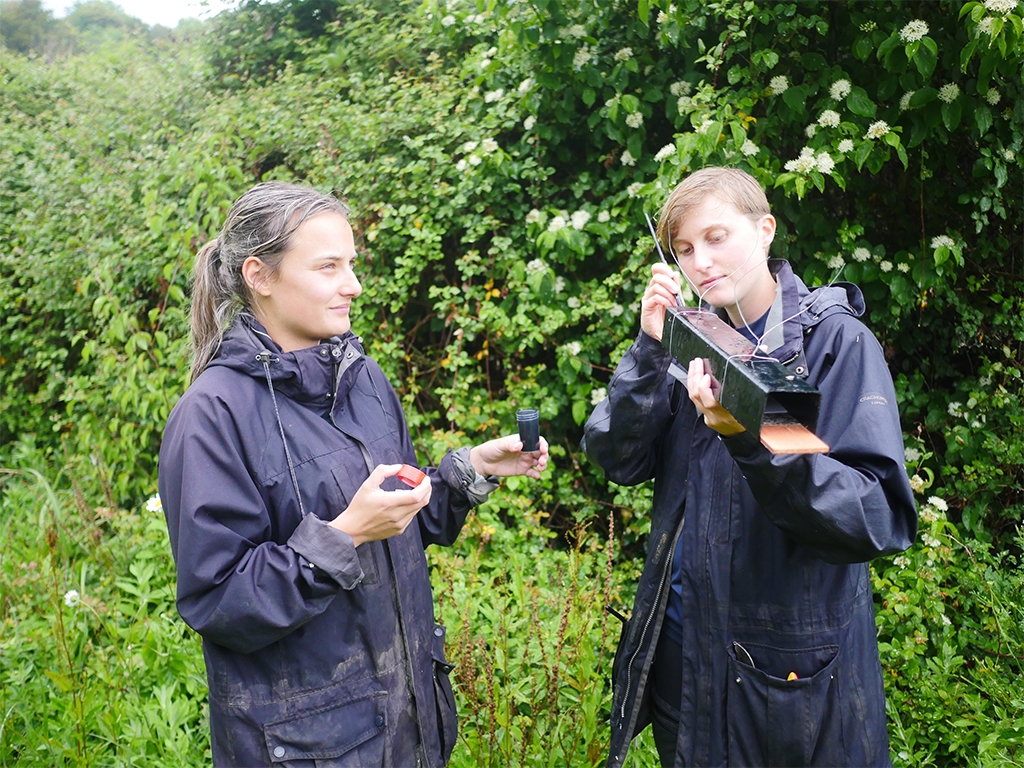
On a drizzly May 23rd, the wardens put out twenty dormice “footprint tunnels” in different hedgerows and bushes to see if dormice are active in those areas. These tubes have a strip of white card inside. Just before wiring the tubes into place in the hedgerows, they paint each end of the card with a harmless black charcoal powder. This powder will be picked up on the dormice’s feet, leaving a trace on the card when they walk through the tube - a neat bit of footprint forensics!
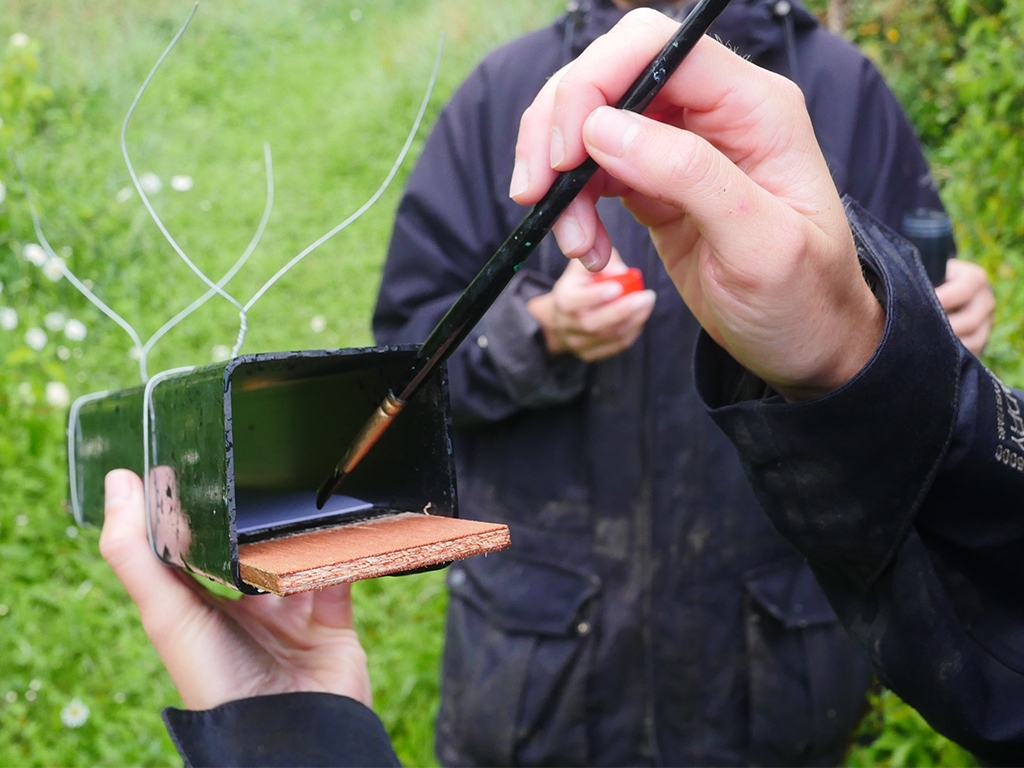
Hannah Binstead, Reserve Warden said “We put the tube into areas we think dormice would like, then we will check for activity.” The Reserve Team are trying to get an updated idea of places where dormice may be living onsite.
The dormice population at WWT Arundel has fluctuated in numbers and locations since they were first discovered onsite in late 2007 during the planning stage for ditch works to improve water vole habitat along our Long Path. Before any work in habitats, our teams do thorough hand searches to ensure there are no nesting wildlife before proceeding. This is when the dormice were discovered.
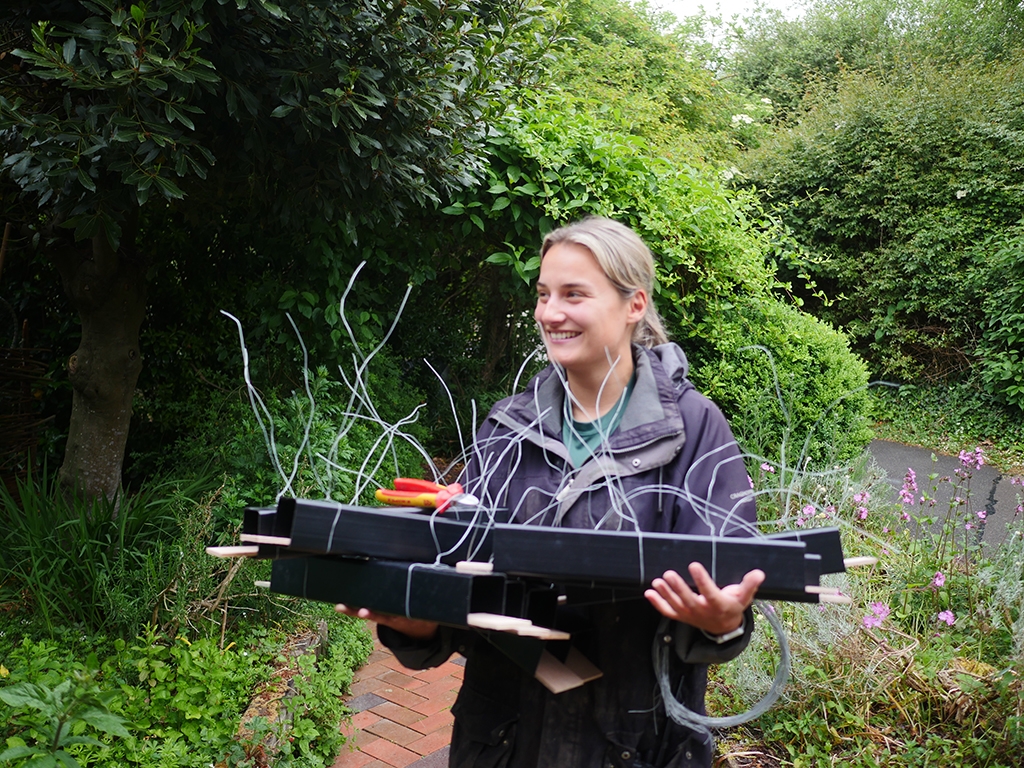
Dormice primarily live in woodlands with dense vegetation but they must have been attracted by WWT Arundel’s healthy hedgerows. Dormice move through the hedgerows eating and nesting in spring and summer. They then hibernate in a ball of grass and leaves they build near ground level.
After discovering the dormice onsite our Reserve Team placed dormouse survey tubes in hedgerows in April of 2008 and evidence of nests were found that summer. They then put out sixty-one dormice nest boxes, with entry holes on the backs and removable tops for surveying. They placed the nest boxes in hedgerows all around the site to get an idea of where the dormice were active.

Checking the nesting boxes every month gives the team at WWT Arundel numbers for comparisons over months and years to get a general idea of how healthy and numerous the dormice population at WWT Arundel is at any time. When the WWT wardens find a dormouse in a nest box, they weigh it and determine if it is male or female.
In the UK the dormouse has been protected since 1988 by the Wildlife and Countryside Act and all surveys at WWT Arundel are conducted under licence.

Inspired to visit a WWT wetland centre?
Find out more and plan your visit.
Not a member? Book online to save 10%.
Plan your visit